August 26, 2016
Judy Rifka Retrospective at the Jean-Paul Najar Foundation in Dubai:
How an Artist’s Life Took Shape
Interview by Glynn Pogue
Judy Rifka is a boss—a painter with effortless art-cool whose conceptual study of space, shape and time has been featured in two Whitney Biennials (1975 and 1983) and more than fifty solo shows. Her four decades in the industry landed her in the middle of some of the most important and romanticized art movements in America, from the multi-disciplinary performance events of Fluxus and the artist-driven activism of Colab to New York City’s Lower East Side art scene, where she showed early works at The Mudd Club, rubbing shoulders with the likes of Keith Haring.
We met in midtown Manhattan. Rifka was seated in the airy Amstel Yard, a modern co-working space displaying her current retrospective, a collection of pieces from the early ‘70s to now. As cool as ever, Rifka, just over five feet tall, was dressed in art-chic all-black, save for a splattering of gray polka-dots on her top and white paint specks on her jeans. Her nails and lips were painted wine red, her hair styled in her signature super-straight shag with bangs that dust her heavily-lined eyes, a timeless ‘do she credits to a salon near her Chinatown studio. “I go once or twice a week. It’s 15 bucks. You can’t beat that,” she reasoned. Aesthetics are an obvious priority for the fine artist, who has been painting for nearly her entire 70 years. “It’s just always been my thing. Even early on I had a cultural awareness of abstract expressionism. You know, I knew about Jackson Pollack when I was five,” she lifted her chin and raised her hands lightly as if beckoning in an idea. “I just knew these things.”
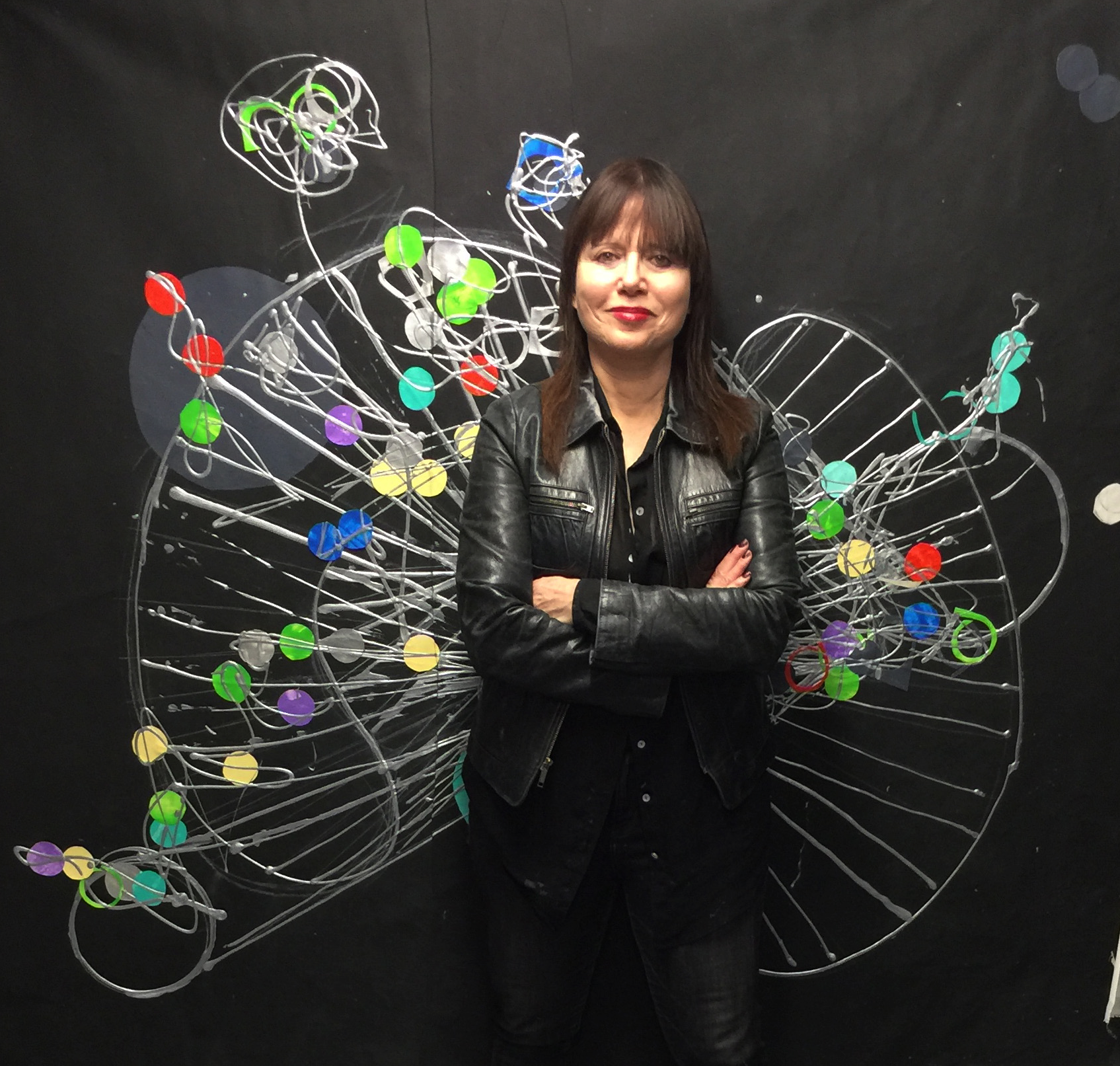
Judy Rifka in front of Time Machine
Rifka’s work—complex in its simplicity, varied in its form and medium—is the result of a life spent learning, experimenting and exploring the depths of her mind and creativity, much like she does with space on the canvas. Timeless and right on time with today’s sensibility, Rifka’s work stretches from canvas to film, from the walls of galleries to her Facebook wall, where some 5,000 followers indulge in her creative process. They are, indeed, her very own focus group, weighing in on a piece before it’s hung for the public. Her followers, for example, got a sneak peek at the Amstel Yard retrospective, which features forty pieces ranging from “The History of Sculpture (1990, Acrylic)” to the recent “Time Machine (2015).” They’re on display until July 8th, when Rifka turns her full attention to Dubai, where her work will be featured for two months, starting in September, at the non-profit museum of the Jean-Paul Najar Foundation for Contemporary Art, now lovingly operated by the namesake’s daughter, Deborah Najar-Jossa. The Foundation has owned thirty of Rifka’s pieces since the late ‘70s, when an artist friend of her’s, Doug Sanderson, hipped Jean Paul Najar to Rifka’s innovative work and insatiable drive. “In the 10 days I’ll be there prior to the opening, I plan to make ten more pieces to include in the show,” she said. “When I really get into a flow, I just go.”
I spent the afternoon with Rifka chatting at Amstel about her thrilling career and her immersive creative process. We capped things off at a nearby bistro, where Rifka, ever-concerned with space, asked herself aloud “What are my space relations here?” as she settled in at the table. We sipped Pinot Grigio, shared asparagus stalks heavily dusted with pecorino, and talked travel, fame and going against the grain.
GP: When did you know you were an artist?
JR: It probably started when I was about one and painted a mural over my crib. And then there’s a very nice photo that I grabbed out of an eight-millimeter family movie that shows me as a preschooler at my easel on the terrace of my family’s home in East New York. That must have been about 1949.
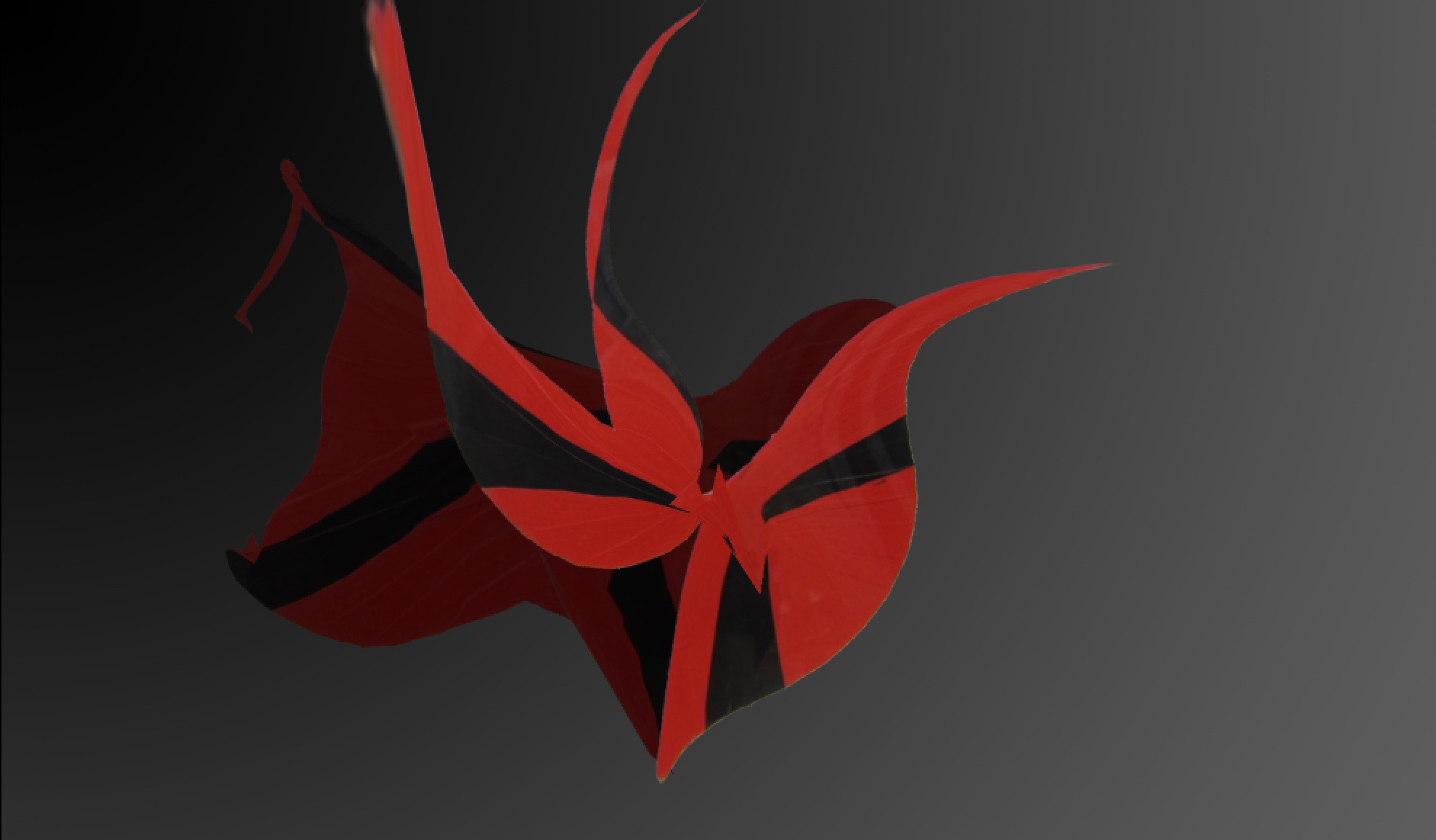
Judy Rifka in front of Time Machine
GP: Do you come from an artistic family?
JR: My mother was a schoolteacher, and my father was a businessman, but he really loved art and music and literature. He had a deep respect for it and a deep heart that allowed him to really feel it. I was brought up in a nice, suburban environment and lived a very sheltered life. We didn’t have this tough love that people have now; I just did as I pleased. It was sort of a benign neglect situation. No one was standing over me telling me what to do, and I spent a lot of time on my own drawing and following my own imagination. My sister was a dancer, and my brother became an underwater photographer, but they both deceased early, unfortunately.
GP: Did you have any formal art training?
JR: In high school, I took all the art courses there were, except commercial art. I wasn’t interested in that at all. And then, in the ‘60s, I went to Hunter to major in art. I was living uptown at the time, so I spent a lot of time going to museums and galleries. Back then, The Whitney was still in the MoMA and I loved their collection of Pop Art. I especially identified with Marisol. The summer after my sophomore year, I decided to go off to Europe, because I wanted to really witness the art I’d been learning about in art history class. Only then could I consider myself a serious artist. So I hitchhiked around--of course, it was a different time then--and I went through France, Spain, Italy, Switzerland, Germany, The Netherlands. It was extraordinary! I hit most of the major museums, and The Prado in Madrid really woke me up. I was so impressed by Goya.
I ended up in London for about five months and stayed in a place where I met a ton of musicians, including Scottish folk-rock singer Donovan. I always seemed to be meeting people in the music world, even though I’m not a groupie type. I’m actually quite shy. But I always seem to end up in the middle of whatever cultural thing is happening by just presenting myself. I got a nice attic studio in London, and I painted, posed as an artist model at various art schools, worked with a sculptor named Redgrave, and really gleaned a lot. I didn’t want to go back to New York, but I had a really long talk with Phil Ochs (an American protest singer), who told me “Come back! There are a lot of great things happening here.” So I went back, and rather than finish at Hunter as this full-fledged hippie who’d just returned from a world tour, I enrolled at New York Studio School. It was a Godsend. I was able to immerse myself in art in a way that you can’t anywhere else. It was a fabulous education. I was always painting.
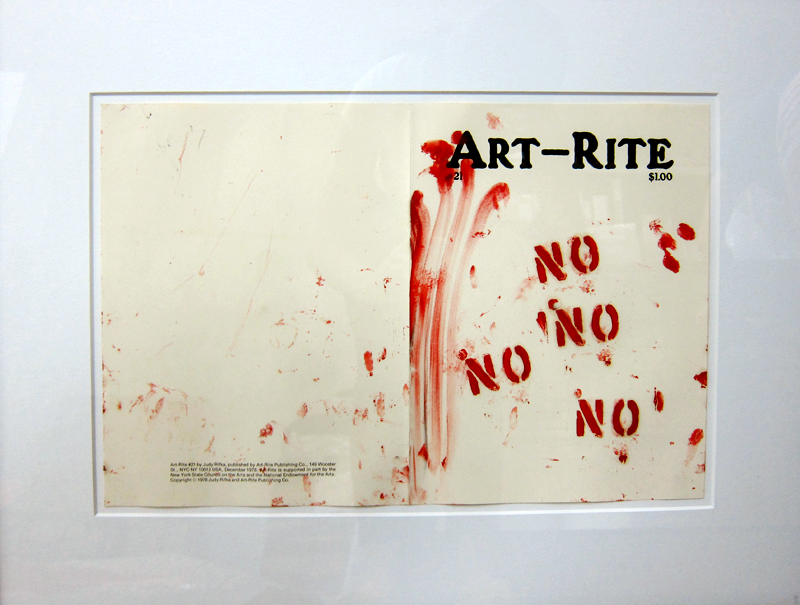
Art Rite Najar 1978
GP: Do you think formal training is required to be considered a fine artist? And can anyone actually learn to be an artist?
JR: There are many artists who do it without training, and that would really depend on the individual and where they take it. If you let people be your boss and tell you what to do, you’ll be lost. You have to develop things on your own, and I think it’s probably a good thing to have a formal education as something to work through and work against. I, myself, broke out of the New York Studio School’s style. Everyone there was drawing a little more figuratively, and I did that, but at the same time, I wanted to push myself. It’s not so much about training as it should be a way to provoke thought and development. I visited The Living Museum (the Queens, NY, museum at Creedmoor Psychiatric Center featuring artwork by individuals with mental illness), and some of the artists there had formal training and some did not, and it’s probably the best museum I’ve ever been to.
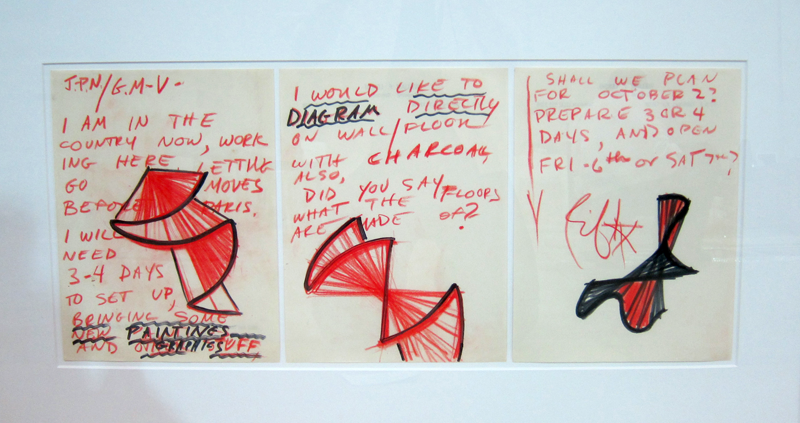
Letter to Najar
GP: Let’s backtrack a bit. If school gave you the practical techniques to work through and against, how did your experiences outside of the classroom inspire your work?
JR: Well, in London I was in the middle of the lovechild generation. There was all this music and the British Invasion. It was there that I started doing my first paintings, sort of Art Nouveau kind of stuff. I was very naïve. It was the style of stuff you’d see on an album cover. It was really back in New York that I was able to apply my inspirations. I immersed myself in finding out about space. That really captivated me, trying to understand space, how to see it and how to draw through the image. Kind of like Hans Hoffman, who many of my professors had studied under. So after the Studio School, I traveled through the Southwest and lived on a Navajo reservation where I painted. Desert space became a big thing for me, because there I was, trying to understand space in this vast area. Later on I became involved in dance and mixed the idea of movement with space, considering a line as a trajectory of movement. So it became about understanding space on the two-dimensional plane.
That’s where the plywood paintings really started happening. Those works show movement of lines that build up into shape, and morphing fields. It’s a real different look at space. I’m not really going in the direction of other painters in terms of focusing on the surface and the strokes. I’m really rushing past that to what’s going on in the space and how it’s developing with time. That’s why I’ll often have a shape on the canvas that fairly ignores the exterior. That’s why I liked the plywood; it was like a floor for the shapes to dance on. My compositions often move forward more and laterally incidentally, whereas typical compositions think about the way a viewer is going to relate to the exterior rectangle. I’m just leaving it there as a floor and moving forward.
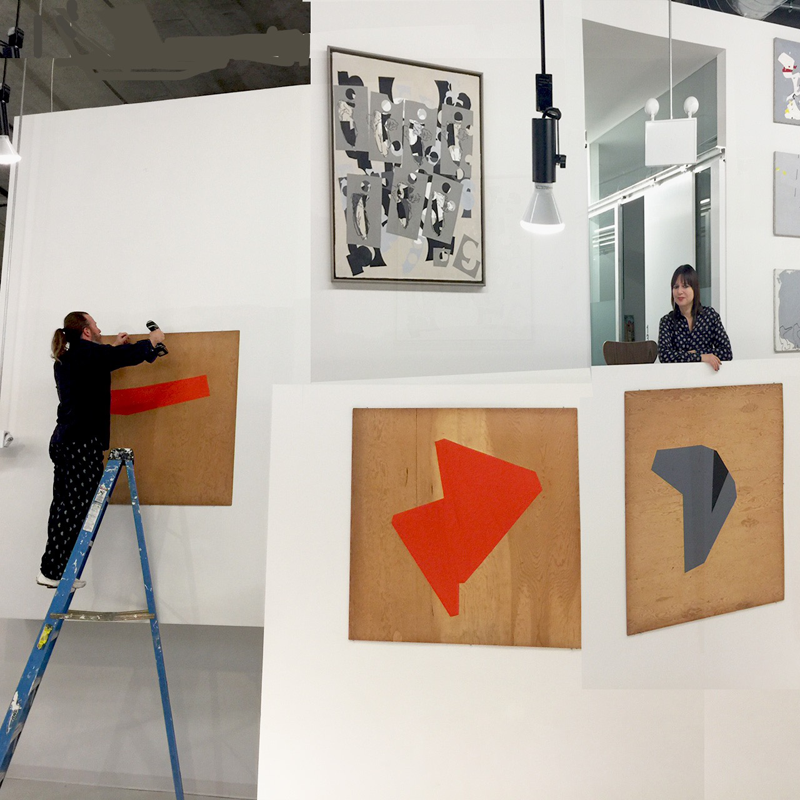
Amstel Installation, De-la-haba and Judy
GP: Influential art critic Rene Ricard wrote that your single shapes on plywood were among the most important paintings of the ‘70s. “Every painter who saw them at the time recognized their influence," he noted. Why do you think that work elicited such passionate responses?
JR: I’ll tell you why. There has been a lot of talk about space in painting, and the art world tends to keep it formal. At times people get really into the postmodern dialogue, and then they don’t really give a damn about space. It becomes some vast conceptual idea. When I think about space, I have to think about how all paintings deal with space and try to find a way out of that. Malevich is very interesting because he really conceptualized modern painting in probably 1913, and he was talking about finding hyperspace, some other kind of connection. Hofmann later talked about it in terms of color and the ideas of push, pull and relational space. So now, when I’m painting, it’s the idea of making a mark and deciding where and how to make the other mark, and that goes back to dance and movement. It’s a decision to go somewhere. I’m here, and I’m going to go there. It becomes an emotional connection between an idea and putting your body where your mind is. So it’s all about the way things relate in that space, and I think about the way to make the actual form continue through that, kind of, wish space. So I take the paint, go from one point to another, and then it becomes a body. It’s the way a body creates itself or a pseudopod moves. So I create a form based on the space, that’s why there’s no space within that shape, because the space has turned to paint. Then I take these movements, which are generally two, sometimes three, and I have knotted them back and forth to create built-up space. Some people try to do that from the outside in, but that’s impossible, because you don’t know what the shape is going to look like. It’s like a convex hull in math. It’s a shape that’s created by a perimeter of shapes. I’m creating convex hulls that bloom back and forth over each other so that the space is eliminated. When I made those pieces, not many people understood them. But those ideas were important to me at the time. They still are.
GP: What can we expect to see at Najar?
JR: There will be classic pieces there--gorgeous, older pieces that no one has even seen yet. There are at least 10 large paintings, some drawings--mostly reproductions of archival stats of chalkboard drawings I drew whilst dancing. There are some beautiful plywood pieces as well as little drawings and notes I sent to Jean Paul Najar . The show in Dubai has a lot of drawings and line trajectories, and I wanted to continue with them, but I didn’t want to jump back into the same thing. So, when thinking about the current show and the show in Dubai, I’ve really moved more into new technology. I’ve taken the shapes I created, put them in Photoshop, and made movies of them in 3D grey-scale mesh. With these films, I’m going to get more into movement and distortion in terms of three dimensions. I’ve taken still frames of the movie, and in Dubai, I’ll be making paintings of the stills to accompany the movie. Hopefully we’ll be able to incorporate some dance as well. And, at the brilliant suggestion of Deborah, I’ll be painting reproductions of select images on the beautiful wood shipping crates my work has been stored in over the years. Those crates will be positioned throughout the gallery. I think it’s so amazing, that once the work comes down, it’ll be stored in crates adorned with my work.
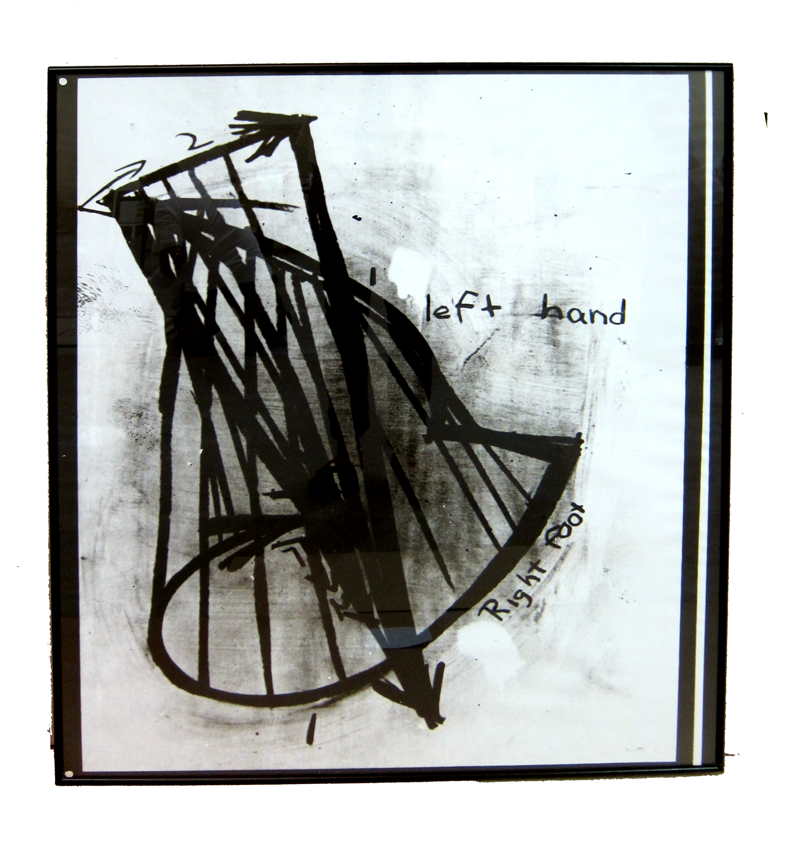
Najr 1977
GP: I’ve read about your presence on the vibrant art scene of the ‘70s and ‘80s. Do tell.
JR: It was dynamic and a really great time to be alive. It was probably more immersive than today’s art scene. I lived right near The Mudd Club and Tier 3, and, at first you couldn’t hear punk or New Wave on the radio, it was totally underground, so you really had to be there to participate. You could feel the art moving through the nightlife. I was creating work based on Erik Mitchell’s films and going to clubs to show my work. I enjoyed the resistance of showing in those spaces, rather than just having my work hanging on white walls. I had to compete against a big crowd.
GP: How has new technology changed your work and the way you present it?
JR: I really like the idea of working directly with my audience back and forth and not having to wait for a show. I had my big stint of showing a lot, but after that, it was really hard to get shown and I still had an audience that was wondering where I was, so I got online. Facebook was a wonderful discovery, and it became a place where I show my work directly to my audience, day by day. I’ve also been able to connect with other creators, like NYC local, Frank Rathbone of the band Sic Tic out of Williamsburg, with whom I’ve collaborated for music and videos I’m creating. But also English artist and musician Daniel Dibble, who I’ve never even met in person, but with whom I’ve collaborated with via the web. Through such collaborations, we’ve been able to make and show videos right online, but they’ve also gone on to show at The Lodge Gallery in New York and Bruce Tovsky’s 106BLDG30 at the Brooklyn Navy Yard. I really like getting the imprimatur, the go-ahead and the approval from the audience, not the gallerists, the publishers and dealers, the people who block the talent from happening.
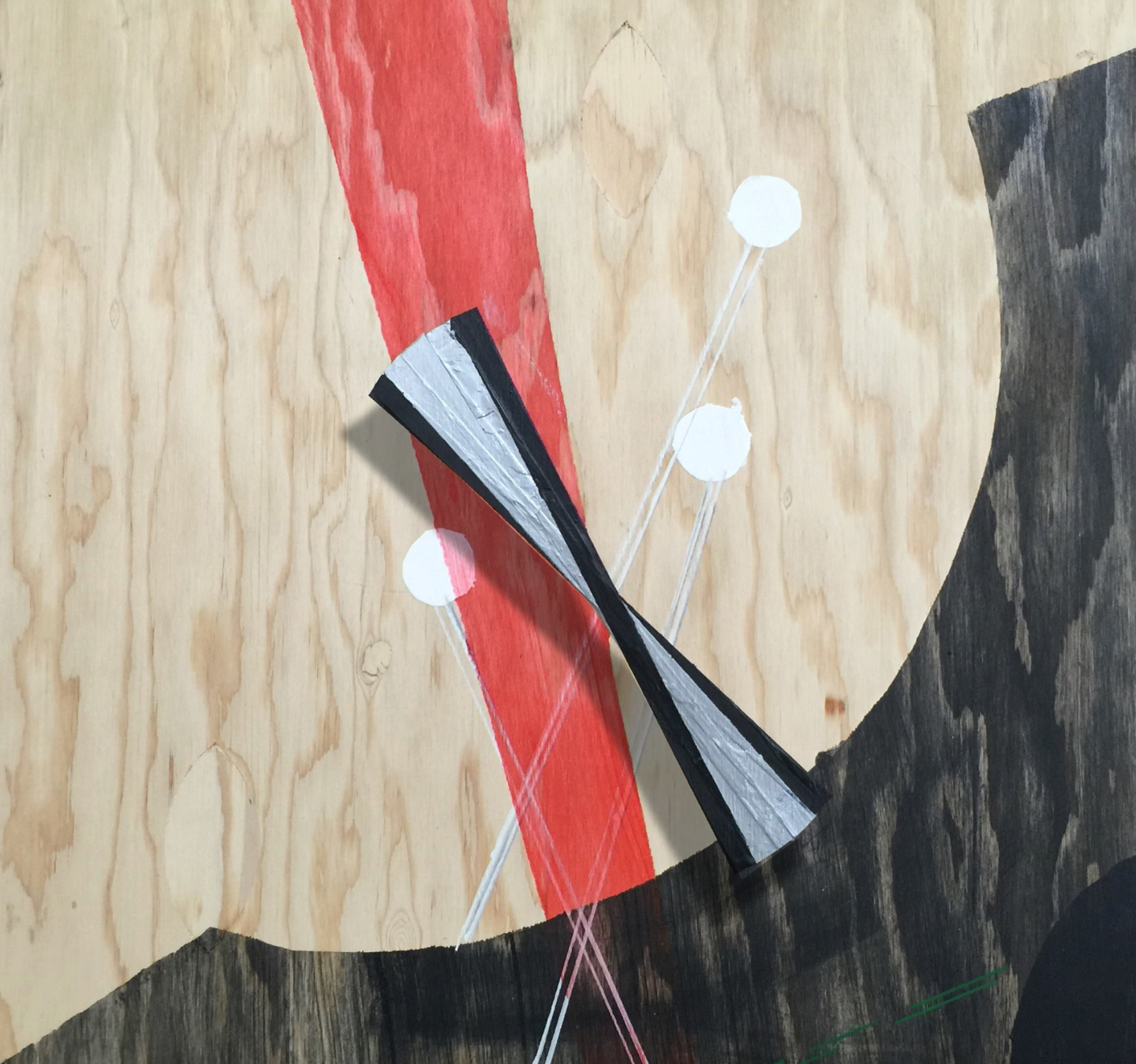
New Work at Najar
GP: Gregory de la Haba, the curator of the current Amstel show is a die-hard Judy Rifka fan. He notes that when Rene Ricard wrote the classic 1981 Radiant Child article in Artforum, he was not only referring to Basquait, but also to Haring, Ahearn, Clemente, and the sole female in the group, Ms. Judy Rifka. “She is alive and well and living in Chinatown and still making art and still inspiring. Get to know her work if you haven't already,” he urges. “In New York's much lauded art scene of the 1970s and ‘80s, she was killing it. You wouldn't know that today if you read any of Artnet's 'important' or 'great' lists, but Judy's work is important. And great. And with her work not raking in millions at auction–which it should–she's not a household name either.
Your response?
JR: I don’t feel too greedy about fame. I have gotten the attention at times, and I think it's a failing in the art world when I haven’t. It’s their loss. For example, when there was a show done on Malevich, and everyone knows I’m the only person who understood his work, I wasn’t in the show. And that omission was mentioned in The Times! But that kind of thing happens, and I don’t dwell on it. When I go out sometimes, people don’t know who I am, and sometimes people go “Hey, that’s Judy Rifka!” That’s just the way the art world is. But it’s all been good. I’ve been a ubiquitous downtown New York fixture for so long, I’ve watched them come, and I’ve watched them go...back to Kansas.
GP: So Dubai, and then what?
JR: Let me get back from Dubai! I’ll be doing a cool show downtown at Angelo Lanza’s Jeffrey Stark Gallery with the doyenne, Louise Fishman, in October. I’m also looking forward to also showing some work at the Greenpoint and Chesapeake Film Festivals. And we’ll see…my phone’s been ringing a lot lately.
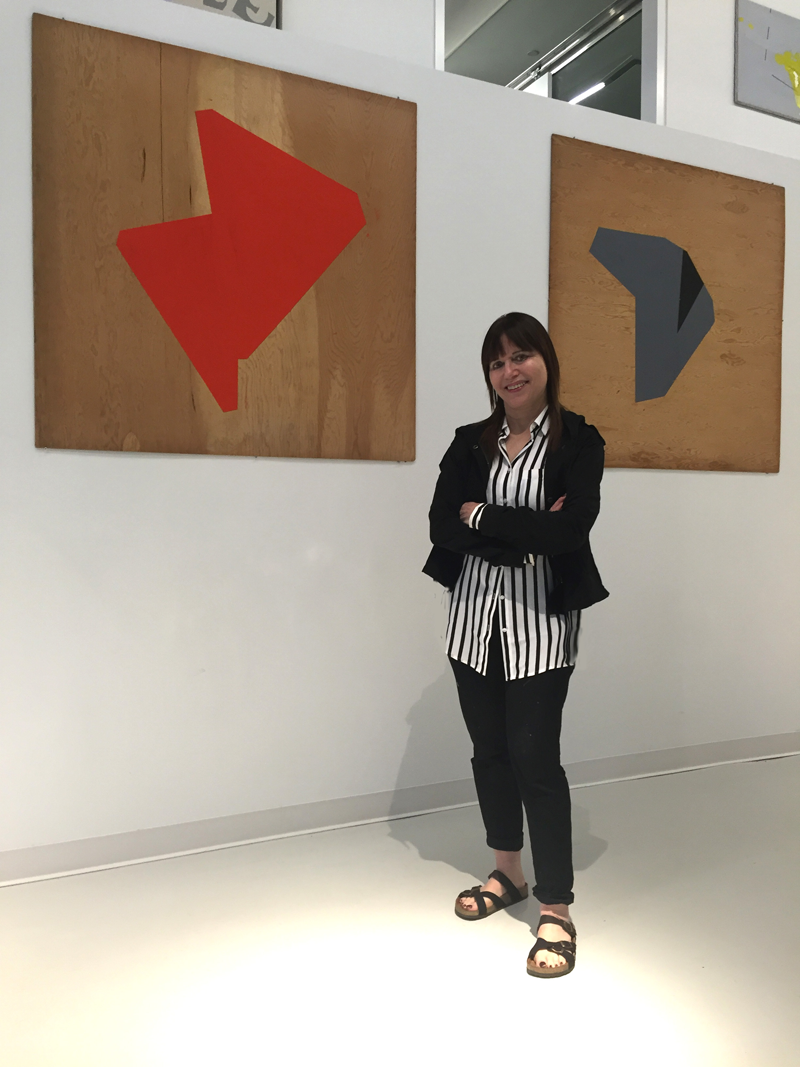
Judy Rifka at Amstel
